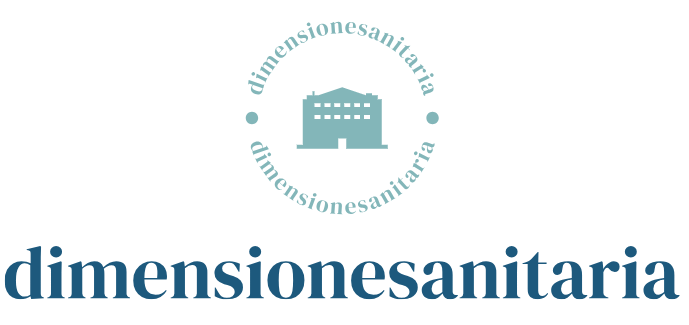Federal Judge Blocks New Immigration Policy
Judge’s Ruling and its Immediate Impact
A federal judge in Washington state has issued a temporary restraining order, effectively blocking the Biden administration’s new immigration policy. The policy, announced last month, aimed to significantly restrict asylum eligibility for migrants arriving at the southern border. The judge’s decision immediately halted the implementation of the key provisions, leading to uncertainty for border officials and asylum seekers alike. The order is a significant setback for the administration, which had argued the policy was necessary to address the ongoing surge in border crossings. Legal experts anticipate appeals and a protracted legal battle over the policy’s legality and constitutionality.
The Core of the Contested Policy
The central component of the challenged policy involved a presumption of ineligibility for asylum for those who crossed the border illegally without first seeking protection in a transit country. This provision significantly tightened existing asylum rules, requiring migrants to prove they had sought asylum in countries they passed through before reaching the U.S. Critics argued this rule is impractical and ignores the realities of dangerous transit routes and the complexities of international asylum laws. Proponents, on the other hand, maintained the rule would deter illegal border crossings and alleviate the pressure on the overwhelmed immigration system.
Arguments Presented by the Plaintiffs
The lawsuit challenging the policy was brought by a coalition of immigration advocacy groups and several states. Their central argument revolves around the contention that the policy violates existing U.S. law, specifically the Immigration and Nationality Act. The plaintiffs argued the new rule contravenes international human rights law and the principle of non-refoulement, which prohibits returning asylum seekers to countries where they face persecution. They presented evidence suggesting that many transit countries lack adequate asylum systems or are dangerous for asylum seekers, making it unrealistic to expect individuals to apply for asylum there. They also emphasized the humanitarian concerns and potential for severe harm to vulnerable individuals if the policy was allowed to stand.
Government’s Defense of the New Policy
The Department of Justice, defending the administration’s policy, argued that it is entirely within the government’s authority to regulate immigration and set conditions for seeking asylum. They contended that the policy is crucial for managing the influx of migrants, addressing national security concerns, and ensuring the integrity of the asylum system. The government maintained that the policy does not violate existing laws and that it offers asylum seekers ample opportunity to explain their individual circumstances and demonstrate genuine fear of persecution. They also pointed to other methods of dealing with asylum seekers, suggesting a more efficient and organized approach would allow the system to better handle the large number of applications.
Judge’s Rationale for the Restraining Order
In issuing the temporary restraining order, the judge focused on the potential harm to asylum seekers if the policy were allowed to proceed. The judge acknowledged the government’s security concerns but indicated that the evidence presented by the plaintiffs raised serious doubts about the policy’s compliance with existing laws and international obligations. The judge emphasized the need to balance the government’s interest in border security with the fundamental rights of asylum seekers. The temporary nature of the order suggests that the judge intends to conduct a thorough review of the case before making a final decision on the policy’s legality.
Next Steps and Potential Outcomes
The government is expected to appeal the temporary restraining order. The case will likely proceed to a full trial, where both sides will present more extensive evidence and legal arguments. The outcome of the case could have significant implications for immigration policy, both domestically and internationally. A final decision upholding the temporary restraining order would effectively invalidate the policy, at least in its current form. Conversely, an overturn could set a precedent for stricter immigration policies and potentially further restrict access to asylum for vulnerable individuals.
Wider Implications and Public Reaction
The judge’s ruling has sparked intense debate among policymakers, legal experts, and advocacy groups. Supporters of the policy argue that it is necessary to deter illegal immigration and protect national interests. Conversely, critics claim it is inhumane and violates fundamental human rights. Public opinion is sharply divided, reflecting the polarized nature of the immigration debate in the United States. The long-term consequences of this legal challenge and its potential to reshape asylum procedures will continue to be a key factor in the ongoing conversation around immigration reform. Read more about Federal court rulings.











